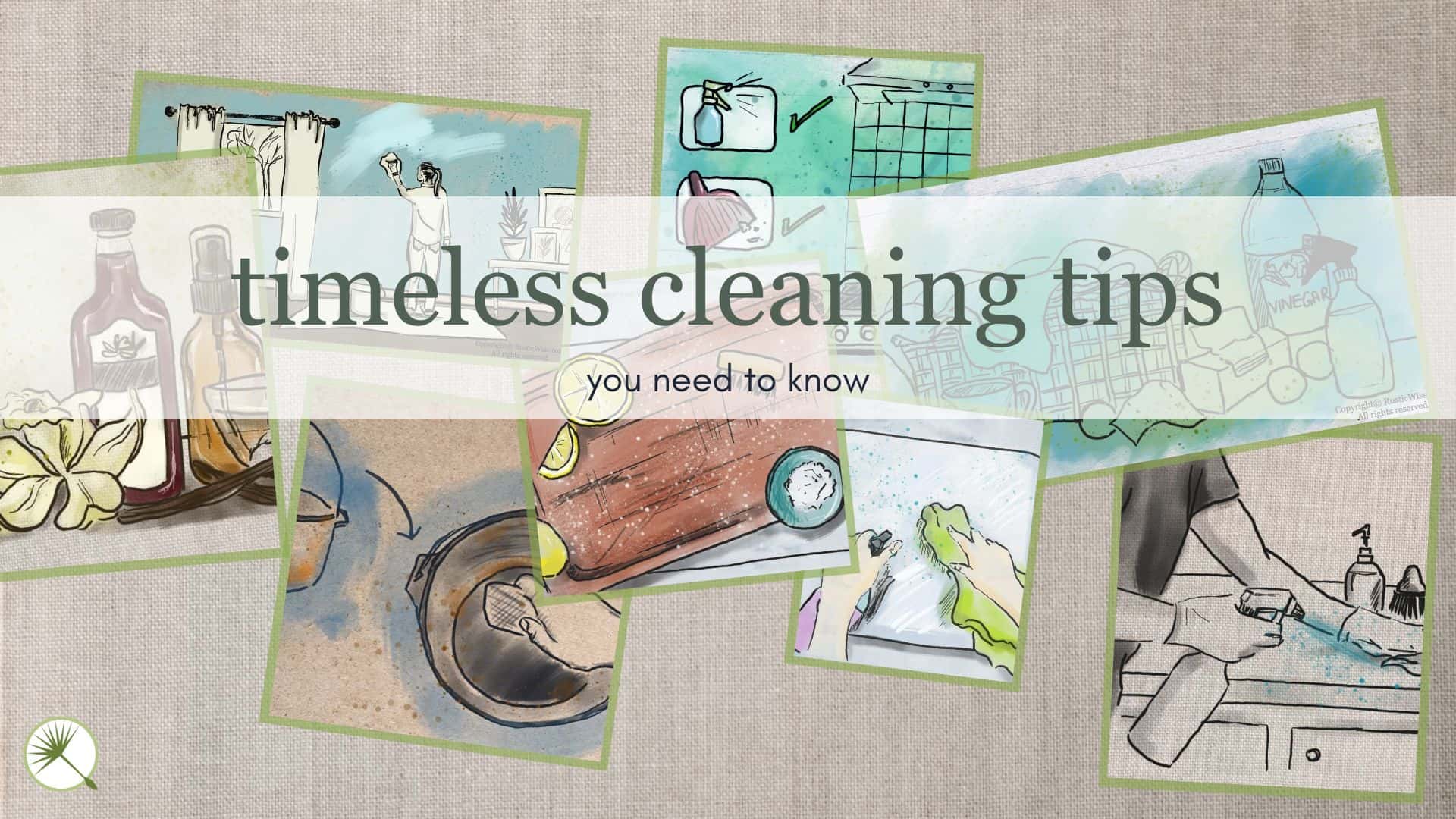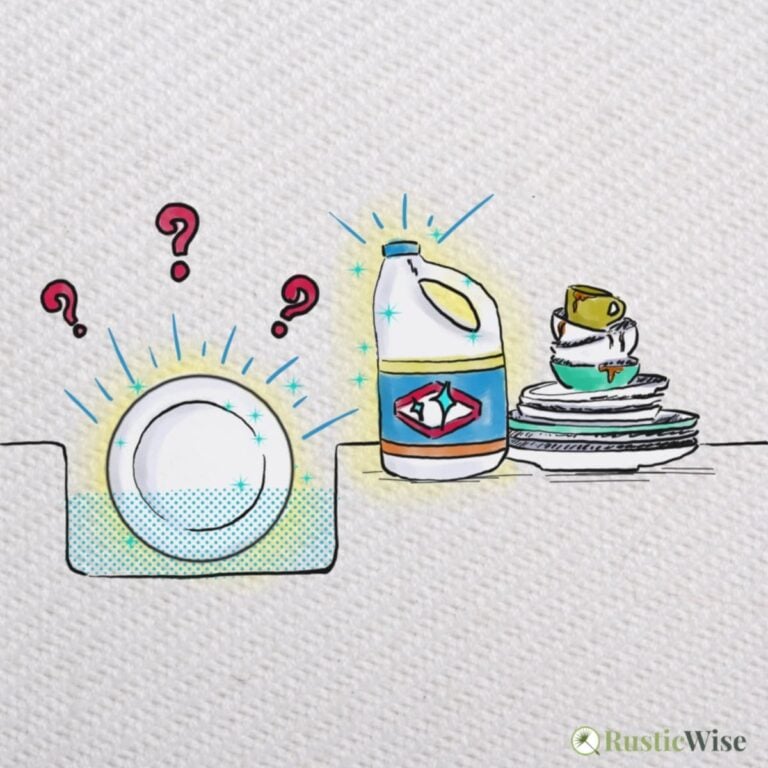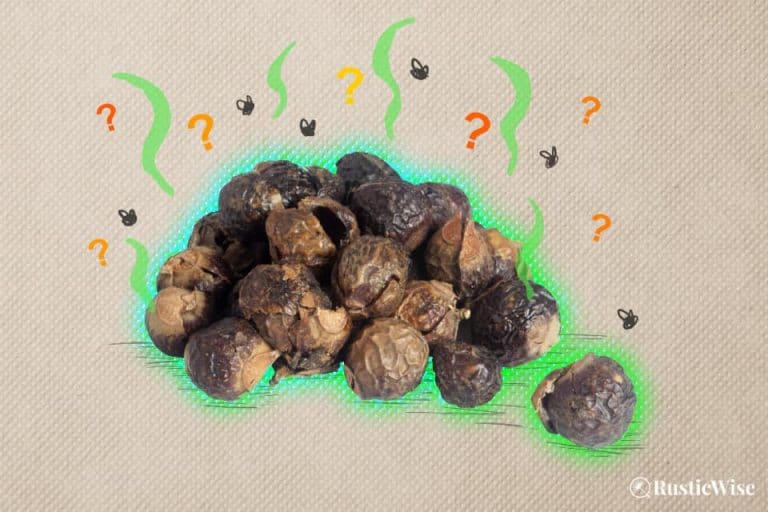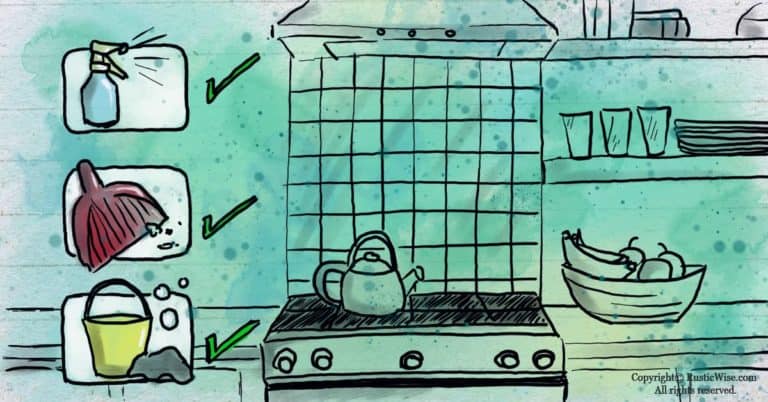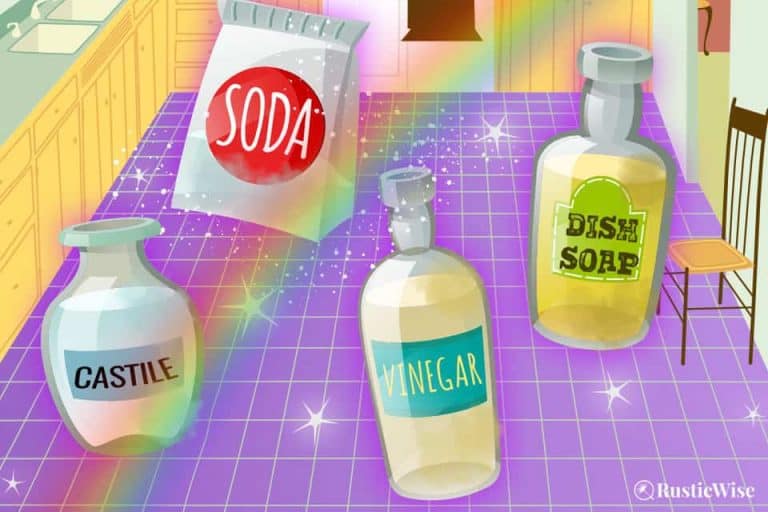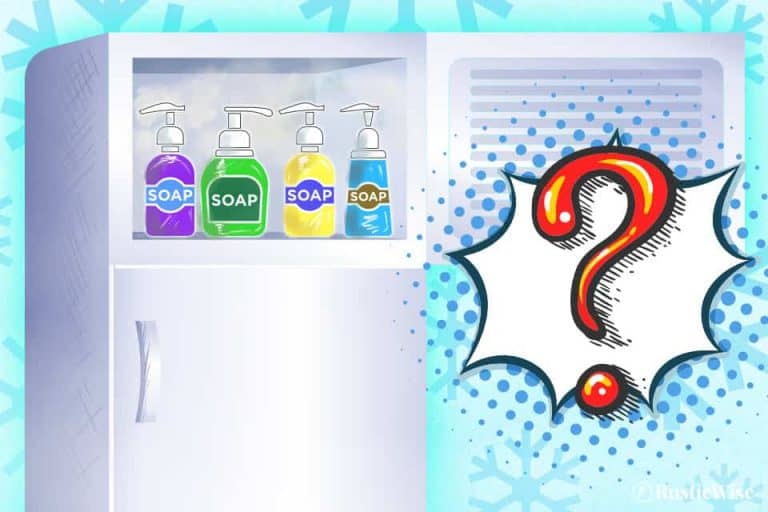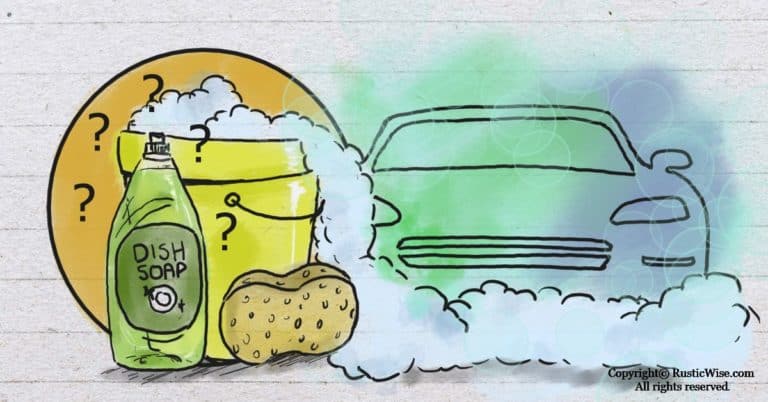22 Timeless Cleaning Tips You Need To Know
Most people fall into one of the following categories: those who love to clean, and those who loathe it. No matter what your feelings are towards cleaning, it’s something we all gotta do from time to time. While your house doesn’t need to be spotless, having a tidy and organized home sure makes everything run more smoothly. We’ve rounded up a list of 22 timeless cleaning tips to make your home cleaning simpler and more effective.
“Housekeeping is like being caught in a revolving door.”
—Marcelene Cox
Kitchen: timeless cleaning tips
Kitchen Cleaning Checklist
Roll up your sleeves and let’s tackle the mess in your kitchen!
The heart of the home and often the most chaotic room of all. The modern kitchen has become not only the place where food is prepared, but also the place we gather to eat, chat, do homework, charge our devices, and plan out meals and schedules.
If your kitchen is a disaster zone, check out our post, The Strategic Kitchen Cleaning Checklist for Daily, Weekly, and Deep Cleaning.
While it’s okay to let other rooms of the house slide a bit, it’s vital that your kitchen as a basic level of cleanliness and sanitation. This is important to prevent the transmission of illnesses and prevent harmful foodborne germs like Salmonella or E. coli from proliferating.
Here’s a few tips on keeping your kitchen clean and sanitary.
#1: Use baking soda for spotless sinks and drains
Baking soda has so many uses around the home. Use baking soda to naturally clean stainless-steel sinks and drains. Sprinkle a bit of baking soda in the sink, and use a sponge to work in small circles. Follow this with a quick vinegar rinse, then rinse well with water. Avoid getting vinegar on stone countertops such as marble or granite, waxed wood surfaces, or grout.
How To Clean Your Dutch Oven
Everything you need to know about deep cleaning and removing rust on your Dutch oven.
#2: Disinfect sponges or cloths in the dishwasher
The next time you have a full load of dishes to run in the dishwasher, throw in your dish sponges and wiping cloths onto the top rack. Run your load, and your dishes and sponges are clean!
#3: Clean your microwave with a bowl of water and lemon
Baked on food debris? Welcome to the club. Luckily, you can easily remove stuck on food inside your microwave with water and lemon. Fill a heat-safe bowl halfway with water and add a wedge of lemon. Microwave for one minute, then allow the heat to dissipate for several minutes before wiping clean with a sponge.
#4: Prevent oven stains with a drip catcher
This is more of a preventative measure than a cleaning tip, but still helpful nonetheless. Oven stains are a pain to clean. Use a tin drip catcher to catch any grease drips from casserole dishes. You can buy these at the dollar store, or make your own tin foil version.
#5: Remove odors on cutting boards with lemon and salt
Sometimes cutting boards (especially wooden ones), start to smell kinda funky. A simple lemon and salt rub helps to remove lingering odors. Sprinkle coarse sea salt liberally over a cutting board. Slice a lemon in half and rub the fleshy part over the salt. Let it sit and soak in for 5 minutes. Rinse thoroughly with water and let dry.
A Guide To Cleaning Your Wood Cutting Board
Whether you just cut raw meat or veggies, we’ll go over how to clean your wooden cutting board effectively.
#6 Remove stains on wooden cutting boards with a baking soda paste
If you have stubborn stains on your wood cutting board, baking soda saves the day! Sprinkle some baking soda into a small bowl. Add just enough water so it forms a thick paste. Apply the baking soda onto your stained cutting board with a sponge or brush. Scrub until clean. Rinse well with hot water.
#7: Make your own disinfectant spray
We’re all more concerned with disinfecting germs nowadays. While you can buy disinfectant wipes, it’s much easier and cost-effective to make your own DIY spray. The USDA recommends a two-step process for keeping your kitchen clean and surfaces sanitized. FIRST, clean your countertops and work surfaces with warm soapy water. SECOND, use a sanitizing spray to further remove any lingering germs.¹
DIY: The USDA suggests making a solution of tablespoon of liquid chlorine bleach per gallon of water. Pour your DIY solution into a clean spray bottle, and spray away!
On Keeping a Sanitary Home
Let’s take a look at basic principles of sanitation and how to apply them to your home and kitchen.
#8: Use vanilla extract to remove unpleasant odors
That bottle of vanilla extract has so many more uses than just adding flavor and fragrance to baking. Add a few drops of vanilla extract to a cotton ball and place in a small bowl. Place your vanilla-scented bowl anywhere that needs freshening up: the fridge, musty cupboard, pantry, or drawers.
#9: Improve your fridge efficiency by cleaning the condenser coils
If you’ve noticed that your food doesn’t stay cool in the fridge, it may be a sign of dirty condenser coils. Cleaning your condenser coils periodically improves the longevity and efficiency of your fridge. Luckily this task just takes 15-20 minutes. Check out our 5-step guide to cleaning your fridge condenser coils.
#10: Deep clean your cast iron cookware
Cast iron skillets or Dutch ovens are workhorses in the kitchen. While they can last a lifetime, they do require a bit of extra TLC. Once in a while, your Dutch oven could use a deep clean. One way to do this is to give it a salt and oil scrub. Heat your Dutch oven at 300 degrees Fahrenheit (149 degree Celsius) for 10 minutes. Remove from oven and allow to cool until it’s safe to touch. Sprinkle on coarse salt and olive oil (or vegetable oil). Try to make a solution of 1 part oil to 2 parts salt. Use a cloth to scrub your mixture all over. Wash well and place back in oven again. Re-season your cast iron skillet again. Read more about Dutch oven cleaning tips.
Creative Uses for Vanilla at Home
There are so many great ways to use that bottle of vanilla extract sitting in your cupboard (besides baking).
Laundry: timeless cleaning tips
Another never-ending chore, doing loads of laundry every week quickly adds up. Here’s a few tips on making laundry day a little less tedious with some eco-friendly laundry cleaning tips.
If there’s one cheap and effective laundry powerhouse, it’s white vinegar. We highly recommend keeping a bottle of vinegar in your laundry room. The kind of vinegar we’re talking about is just the normal vinegar you can pick up at any grocery store.
“You know it’s time to do the laundry when you dry off with a sneaker.”
—Zach Galifianakis
How To Clean a Fridge Condenser Coil
Don’t forget to clean this part on your fridge! We’ll guide you through 5 easy steps to get your fridge’s condenser coil all clean.
#11: Use white vinegar in place of fabric softener
The acetic acid in vinegar is great at softening fabrics naturally while removing any dirt or soapy residue. Just add 1 cup of vinegar during the rinse cycle of your next load of laundry.
#12: Brighten dingy shirts with a vinegar soak
We all have a few cotton t-shirts that were formerly white, but now look yellow and dingy. Soak your 100 percent cotton shirts overnight. Fill a bucket with hot water and add about 2 cups of white vinegar. Add your cotton shirts and let soak overnight. Follow up with a regular wash with white vinegar instead of laundry detergent.
Laundry Hacks Using Vinegar
If you haven’t been using white vinegar in laundry, you’re missing out. Here’s how to use it to brighten shirts, and soften fabrics.
#13: Dryer sheet alternatives
We’ve written about why we’re not fans of using dryer sheets for laundry. Not only are dryer sheets laden with chemicals that are harmful to you and the environment, they also make fabrics less absorbent, and leave slimy residue in your dryer. So, here’s a few dryer sheet alternatives to try that’ll reduce static, and fluff up fabrics too:
- Wool dryer ball. You can buy these online or make your own.
- Or, use a tennis ball as a wool dryer ball substitute.
- Make your own DIY tin foil ball to reduce static. Crumple aluminum foil until it’s roughly the size of a baseball. Toss in the dryer.
- Make your own reusable cloth dryer sheets with vinegar and a few drops of essential oil.
While you could ditch the dryer sheets for your laundry, there are some handy dryer sheet hacks for your car if you have old sheets to use up.
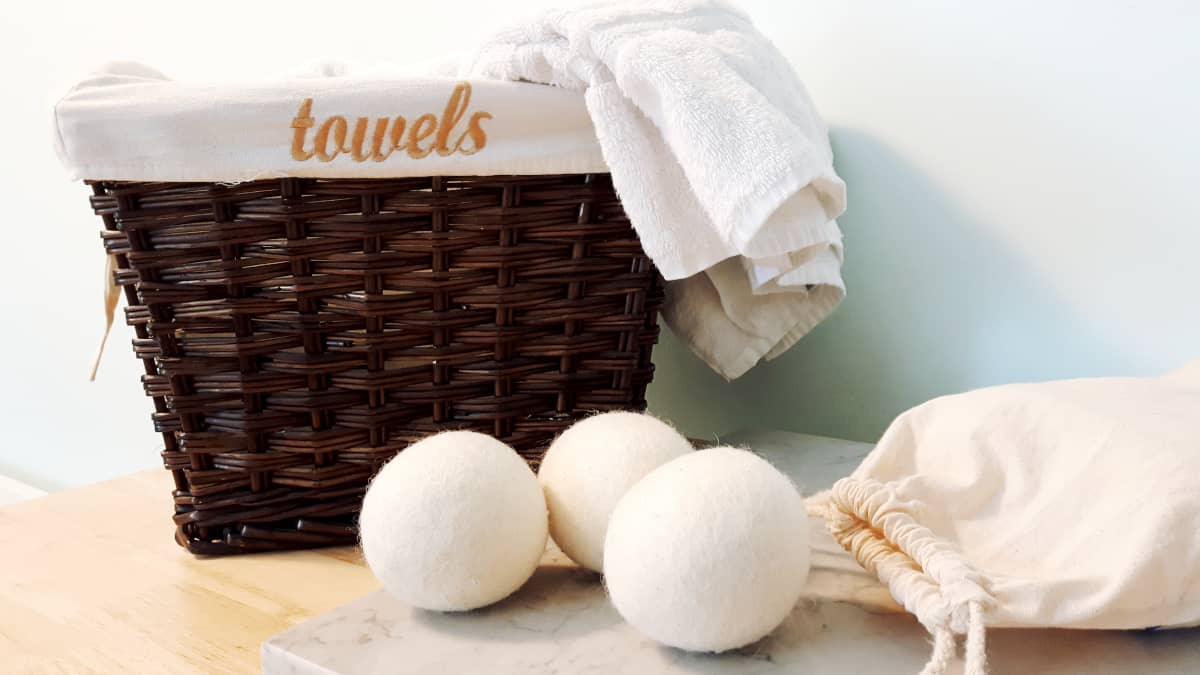
Credit: RusticWise.com
#14: Clean the dryer vent
This is one area that’s often overlooked when it comes to cleaning. Over time, your dryer vent may become clogged with lint, dirt, and other debris making it inefficient and unsafe. Your dryer vent is connected to a vent pipe that leads to your home’s exterior.
I thought our dryer was ready to kick the bucket a while ago. Clothes would stay wet forever. But my (smart) husband decided to check out the dryer vent. Turns out it was all clogged up. After a quick clean, our dryer was back to normal.
A Closer Look at What’s Really in Those Dryer Sheets
Why it’s time to rethink the use of dryer sheets in laundry.
Bathroom: timeless cleaning tips
Here’s a Complete Cleaning Bathroom Checklist to help keep your bathroom sparkly clean.
#15: Save your old toothbrushes for cleaning hard-to-reach areas
Cleaning small, narrow spaces is so much easier with the help of an old toothbrush. Disinfect old toothbrushes by swirling them in antibacterial mouthwash for a few minutes. Or soak in a cup of water with 2 teaspoons of baking soda overnight. Use your toothbrush to clean tile grout, in small areas around faucets, etc.
Oh, and don’t forget to label your toothbrushes “For Cleaning Only.” We wouldn’t want any mix-ups!
#16: Clean toothpaste stains on mirrors with rubbing alcohol
If you or your kids have a habit of getting toothpaste all over the mirror when brushing, no sweat. Just apply a bit of rubbing alcohol onto a cotton pad and your toothpaste marks disappear.
How To Clean Mirrors Without Windex
Here’s a few ways to effectively clean your mirrors using simple ingredients you already have at home.
#17: Use shaving cream for fog-free mirrors
Tired of your mirror fogging up after a hot shower? Apply a small amount of shaving cream onto a soft cloth. Rub until clean. Try to avoid touching the mirror after you’ve applied your shaving cream to protect the finish. Read more about ways to clean a mirror without Windex.
#18: Keep a squeegee in the shower
The secret to keeping your shower clean the easy way is to keep a small handheld squeegee there. Spend a minute or two wicking away excess water and soap residue after every shower. You’ll find that you can go longer between cleanings this way.
#19: Clean mildew off shower curtains
It’s bound to happen over time—mildew buildup on your nice shower curtains. No worries. There’s an easy way to clean it using baking soda and vinegar in your washing machine. For more details, check out our post on banishing mildew or mold from shower curtains.
How To Remove and Clean Mildew From Shower Curtains
Let’s banish mildew and mold! Here’s how to clean your shower curtains and keep them that way.
Around the house
Keeping bedrooms clean, plus keeping clutter to a minimum in living areas is an ongoing struggle. Here’s a few tips.
#20: Keep a basket by your stairs to transport clutter
Children’s toys, lost socks, and books are just a few things that you probably lug up and down the stairs on the daily. Keeping a basket nearby lets you round up more stuff in one go.
#21: Use old socks as dust mitts
No need to shell out on fancy cleaning gear. An old cotton sock is great for dusting baseboards. This is also a great way to get little ones to help around the house.
#22: Washing walls
If the thought of washing walls fills you with dread, you’re not alone. The good news is that you don’t need any pricey store-bought cleaners. For lightly soiled walls, you may only need a few squirts of liquid dish soap and warm water. If you need something more heavy-duty, check out our DIY homemade sugar soap for walls.
Other cleaning FAQs
What can I use to clean natural stone?
One thing to AVOID using on natural stone such as marble, limestone, or granite is vinegar. Vinegar’s acidic properties may etch or scratch your natural stone surfaces over time. Instead, make a gentle dish soap solution mixed with warm water. Use a soft cloth to wipe clean. You can also buy stone cleaners which are pH neutral.
Is It Okay To Use Dish Soap in a Pressure Washer?
Not really….Everything you need to know about using dish soap in a pressure washer.
Can vinegar damage wood?
Vinegar is a no-no for waxed wood surfaces, natural stone (see above), aluminum and cast iron. The acidic properties in vinegar may also damage some rubber parts in your home appliances including dishwashers and washing machines. However, vinegar should be safe to use on unfinished wood.
Can you use dish soap in a pressure washer?
If you ran out of pressure washer solution, or are looking for an alternative, dish soap isn’t the best way to go. This is because dish soap may clog your machine, leave a soapy residue, and just isn’t as effective as regular pressure washer soap. There are many eco-friendly products on the market if you’re worried about chemicals. Look for the EPA Safer Choice label.
We know that some of you will use dish soap anyway in your pressure washer. Read more about using dish soap in a pressure washer here.
Can you use dish soap to wash a car?
Hmm…dish soap isn’t the best soap to use on your vehicle if you care about preserving its protective wax or sealant. It also has a tendency to leave a cloudy residue leaving you with a not-so-sparkly ride. BUT, dish soap is effective at removing sticky tree sap or bird poo if you need to do a bit of spot cleaning.
The Ultimate Bedroom Checklist
Turn your bedroom into a personal oasis by breaking down your cleaning tasks into 3 smaller sessions.
Interested in reading more? We have post about using dish soap on your car plus other car washing tips.
Does vinegar kill germs?
While vinegar is a natural disinfectant that inhibits the growth of some viruses and bacteria, it’s not recognized as effective against COVID-19. The U.S. Centers for Disease Control and Prevention (CDC) has tips for properly cleaning and disinfecting your home from Covid-19.
Would you like more timeless tips via email?
Fun tips to help you live an independent, self-sustaining lifestyle. Opt-out at any time.


References:
- U.S. Department of Agriculture (USDA), Clean THEN Sanitize: A One-Two Punch to Stop Foodborne Illness in the Kitchen, https://www.usda.gov/media/blog/2019/08/27/clean-then-sanitize-one-two-punch-stop-foodborne-illness-kitchen. Accessed February 2021.
- David Suzuki Foundation, Queen of Green, Does vinegar kill germs?, https://davidsuzuki.org/queen-of-green/does-vinegar-kill-germs/. Accessed February 2021.

Author: Theresa Tesolin
Theresa is co-founder of RusticWise. She helps people unleash their inner DIY spirit by encouraging them to get dirty and make or grow something from scratch.

